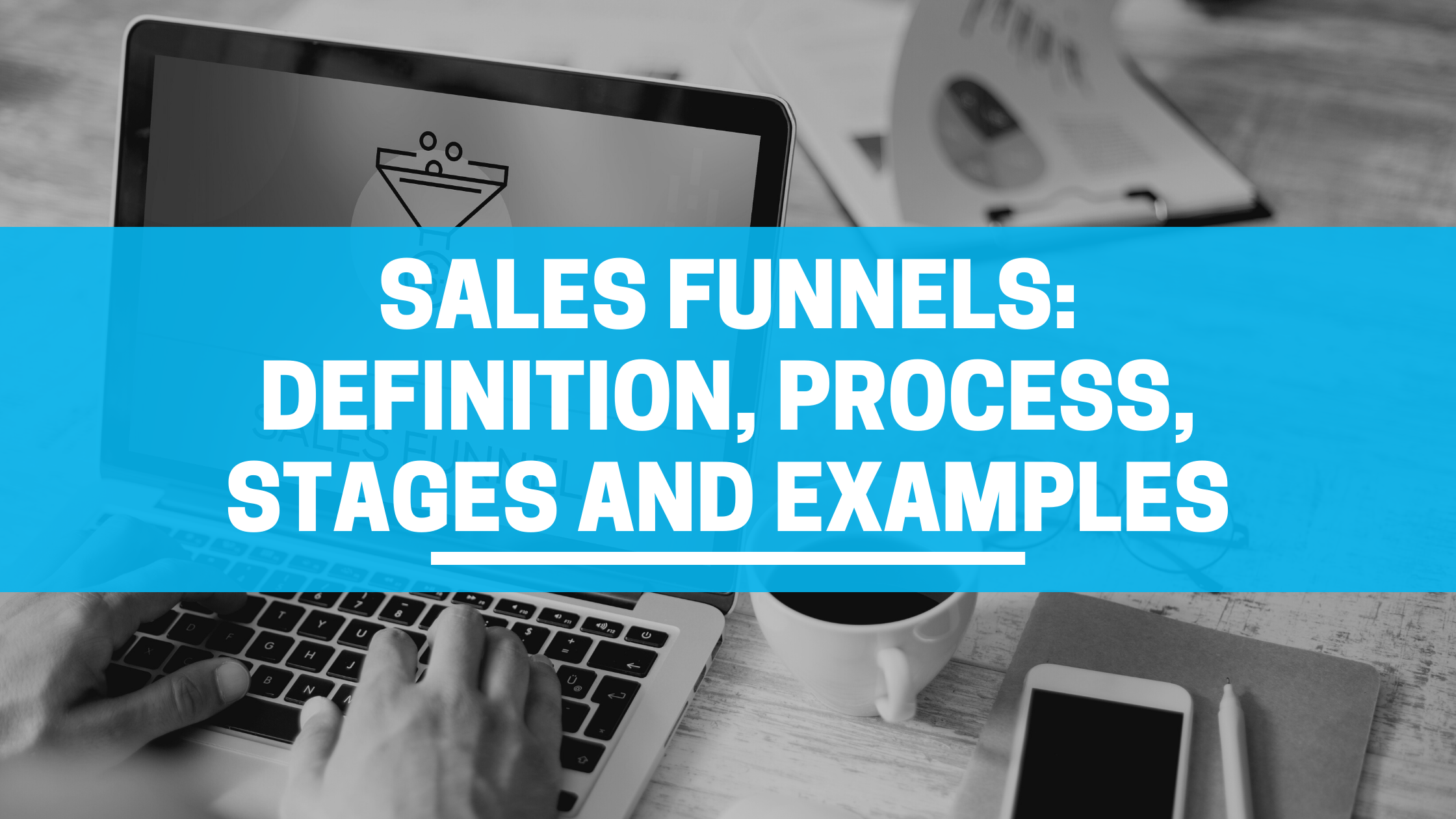What exactly is a sales funnel?

Sales Funnels-A sales funnel is a graphical representation of your prospect’s path from initial contact with you to completed transaction. It assists your sales team in determining where they need to follow up or change the sales process as a result of a drop off in the funnel.
A sales funnel, as the name implies, is widest at the top and narrowest at the bottom. Each level of the funnel moves your most qualified prospects forward and drops those who aren’t a good fit for your offer.
A sales funnel is closely related to the stages of the customer journey, which can be divided into three categories: top, middle, and bottom.
A sales funnel’s stages
To completely address the question “what is a sales funnel?” it is necessary to go over the funnel’s several steps. While each firm has its own method of handling the sales process and consumer interactions leading up to a transaction, these are divided into three basic stages.
How to Open a Retail Store in 8 Steps
1. Awareness and discovery at the top of the sales funnel
Your potential clients are going through a specific difficulty and are investigating and learning about it early in their journey, which is when they discover your firm. Perhaps they received a cold call from a prospecting member of your team, or they found your website or contact information on their own.
They are still recognising their challenge at this early stage of the journey. They have a lot of questions about it because they haven’t named the problem yet—they only know the symptoms.
They are attempting to articulate their issue and are looking for a reliable source of knowledge and education. Here are a few examples of questions they may have about various industries:
.”Customer support industry benchmarks” is a customer support software
.”Why does my back pain after sleeping?” a mattress store asks.
“Average electricity bill” from a power company
At the top of the sales funnel, your prospect wants to feel educated and secure enough to discuss their concerns and questions when the time comes.
From a marketing standpoint, they want material that will walk them through the topic that is important to them, such as blog posts, videos, and even quizzes. This is the lead generation stage of the process: you’re identifying the right customers even in the early stages of your funnel.
At this point, your Untouched prospects become Contacted prospects. They are now your Leads, to be more specific. It’s now up to you, the sales rep, to ask pertinent questions and qualify your lead, which will take us to the next stage
India’s Most Profitable Businesses [Innovative Business Concepts]
.
2. Researching solutions in the middle of the sales funnel
You’re no longer working with nameless and faceless contacts at this point; prospects still in the funnel should be “ideal customers.” They have now identified and defined their problem, and they are investigating all potential solutions, such as products and services.
Middle-of-the-funnel questions are no longer general. Instead of asking “why,” your leads are delving into a variety of options for resolving their issue.
Using the same industries as in the previous section, the following may be their questions:
.”How do I provide good phone customer service?”
“.How should I select the best mattress for [condition]?”
“.How can I decipher an electrical bill?” or “How Do I Select an Electricity Provider?”
Your lead is delving further into the intricacies of the problem in the middle of the sales funnel. They have a thorough understanding of what is upsetting them and are eager to learn about potential remedies.
At this point, they may not be assessing specific solution providers, such as firms and their products. Instead, they are exploring for the various types of solutions that are available to them.
For example, they have yet to decide whether to purchase a software solution for in-house support staff or to outsource all assistance entirely. Another example: they are unsure whether they only require a mattress topper or whether they should get a new mattress.
In this stage, the finest content for your leads comprises in-depth guides, comparison-style checklists, benefits versus cons lists, and other insightful articles. Your organisation should concentrate on making this stage as simple as possible for the client’s decision-maker.
Your Leads become Qualified at this level as you chat to them and ask them questions that assist you determine whether your offer is a good fit for their problem.
3. Making an informed purchase decision at the bottom of the sales funnel

Finally, at the bottom of your funnel, your leads will have learned everything there is to know about their problem, the best type of solution for them, and are ready to choose the supplier from whom they will purchase this solution.
This is why, at this level, their queries and concerns are vendor-driven. As a result, their web searches and questions to you may look something like this:
.”Does [provider 1] offer more software support features than [provider 2]?”
.”Who provides the longest and most comprehensive mattress warranty policy?”
.”What are the terms of the electricity contract with [provider 1] vs [provider 2]?”
That is what enables your leader to make a decision that is tailored to their individual goals, challenges, budget, and other relevant resources.
Content for the bottom of the funnel should include frequently-asked-questions pages, product feature videos, live demos, and side-by-side competitive feature analyses. These increase their trust in your product as they continue to observe how well it fits their individual situation.
This is the stage during which your qualified leads move through the sales proposal and negotiation processes, following which you should hopefully win their business.
Real-world Sales Funnel Examples
We can now look at some sales funnel examples with this breakdown of sales funnel stages in mind. To address the question, “what is a sales funnel?” We’ve chosen some excellent examples from various types of businesses. They will demonstrate how a salesperson can assist a prospect from the moment they become a lead to the point of purchase by identifying their key pain points and offering the appropriate responses at the appropriate time.
This is when sales and marketing work in unison to attract, nurture, and influence a potential customer’s decision-making process. You can also examine how effectively your marketing funnel matches with your sales process here.
